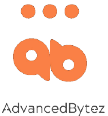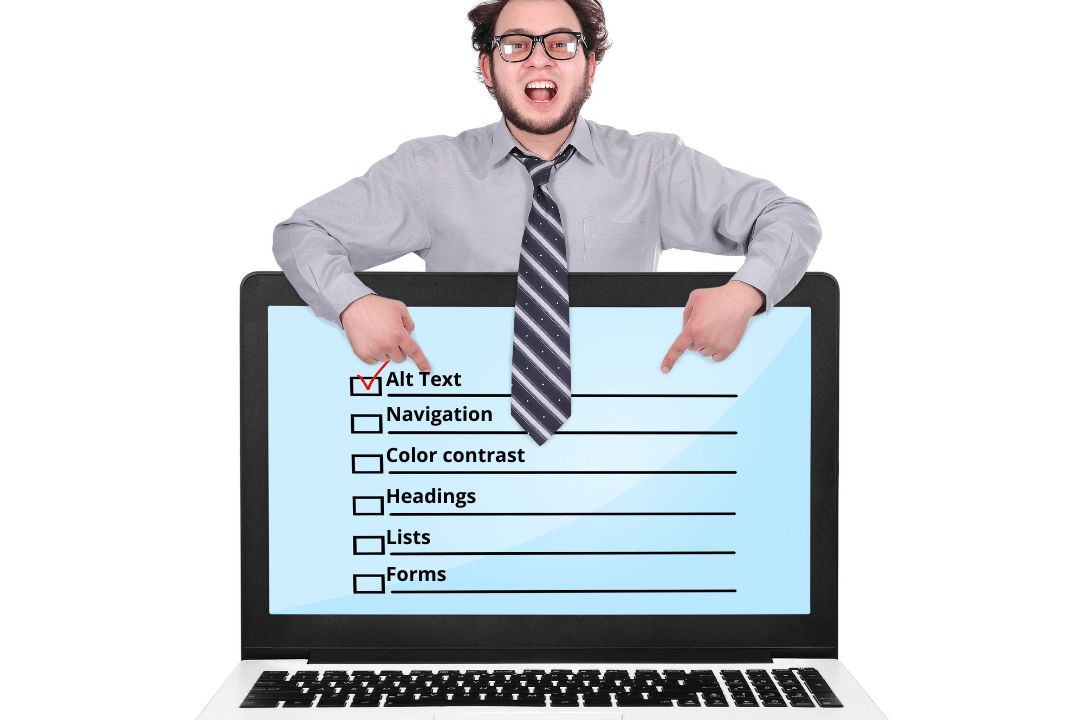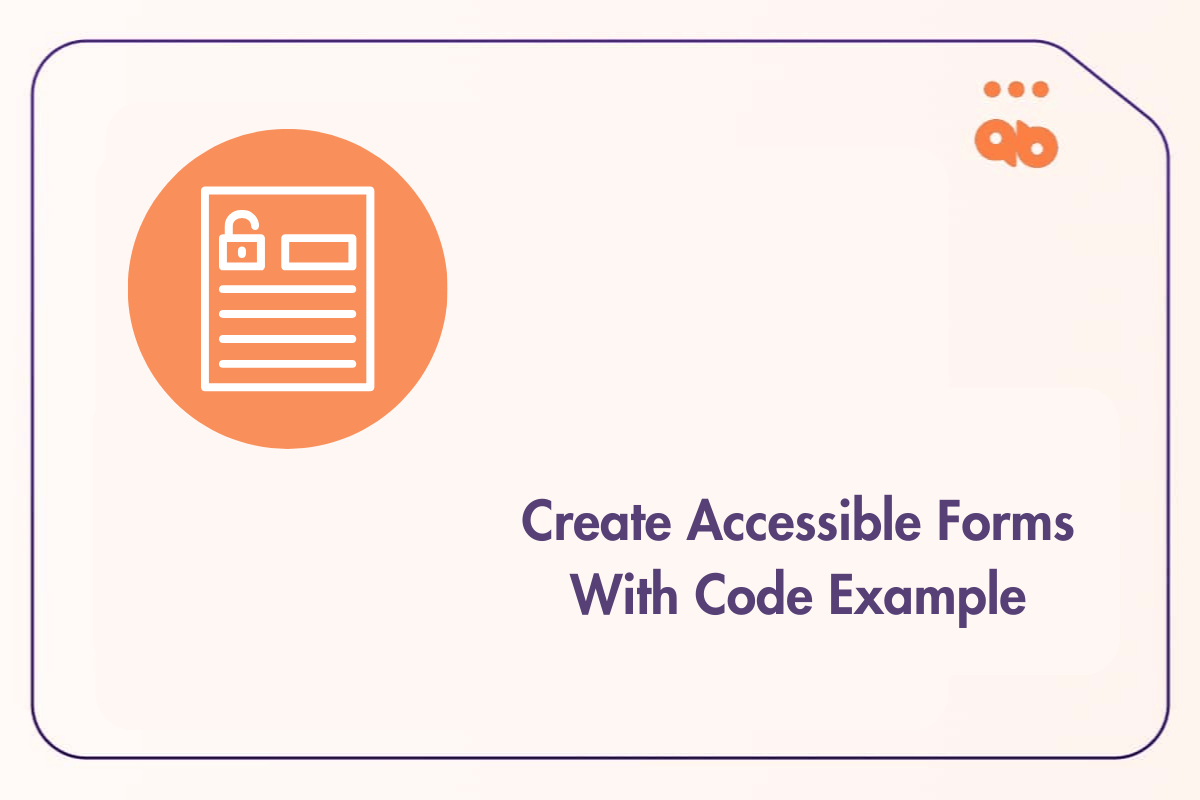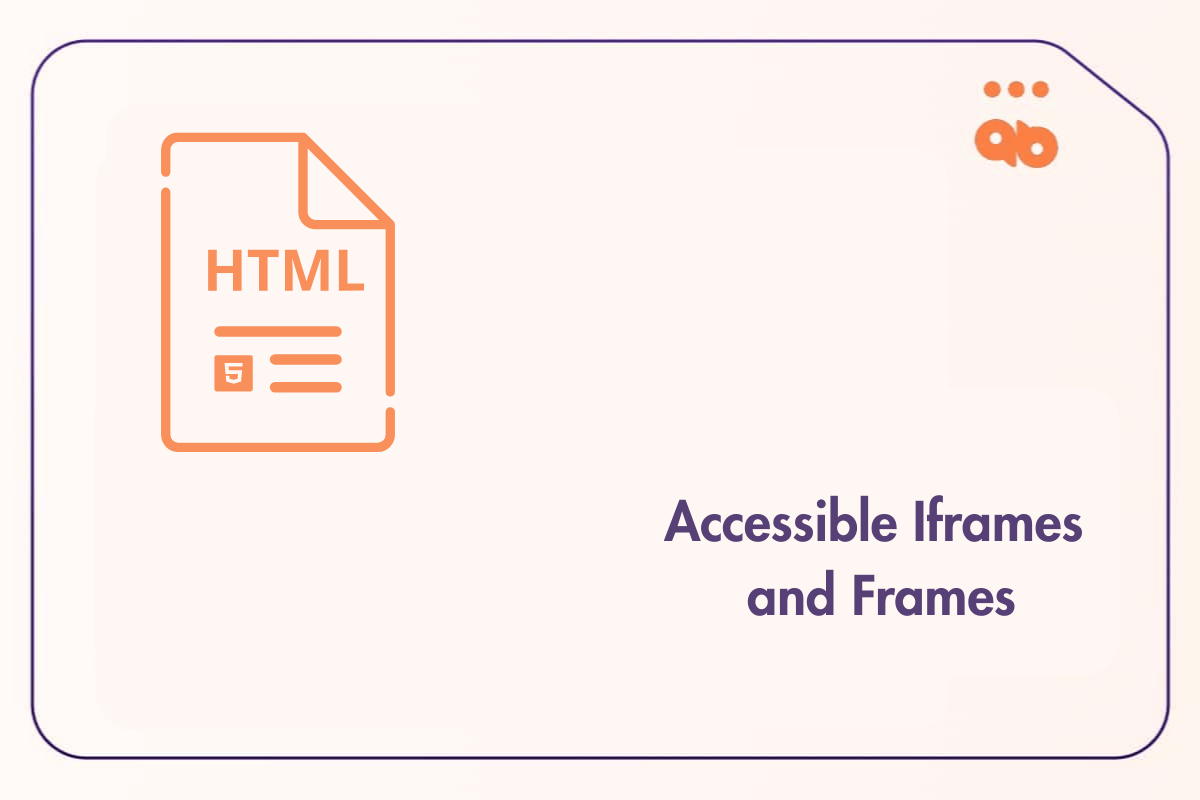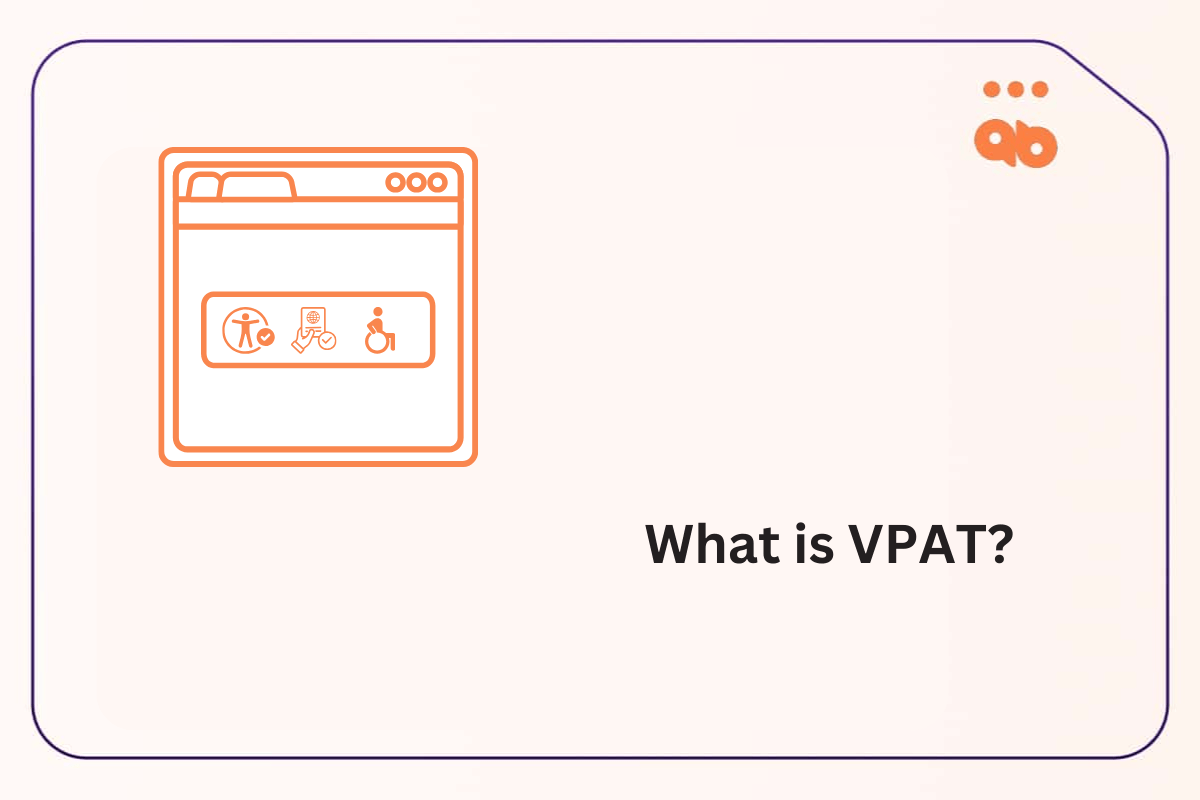People with disabilities often face roadblocks when visiting any place. Many places appear to have no problems, but they do, such as insufficient support for wheelchair users. For instance, it is an ordeal for people in wheelchairs to use escalators if they are not optimized. It becomes even more challenging for them in the digital world.
This blog will explain website accessibility and how you can make the world a better place for people with disabilities by making your website accessible.
Table of Contents
- 1 What is Website Accessibility?
- 2 Why is Website Accessibility Important?
- 3 Website Accessibility Checklist
- 3.1 Website Accessibility: Color And Contrast
- 3.2 Website Accessibility: Headings
- 3.3 Website Accessibility: Images
- 3.4 Website Accessibility: Audio & Video Content
- 3.5 Website Accessibility: Forms
- 3.6 Website Accessibility: Lists And Tables
- 3.7 Website Accessibility: Navigation
- 3.8 Website Accessibility: Animation
- 4 How do you check your website for Accessibility?
- 5 What are Automated Testing Tools?
- 6 What is manual accessibility testing?
- 7 Free Accessibility Evaluation Tool
What is Website Accessibility?
Website accessibility is a practice of preventing or removing all barriers to help people with or without disabilities easily access a website.
Why is Website Accessibility Important?
Making your website accessible comes with a ton of benefits. Here are some significant benefits
- Enhanced user experience and, in turn, boosts engagement
- It becomes easy to procure government contracts
- Reduced lawsuits
- Tax benefits
- Improved SEO
Website Accessibility Checklist
We have compiled the best practices required to make your website accessible.
Website Accessibility: Color And Contrast
People with poor eyesight cannot distinguish letters or words on the website if the contrast is too high or low. The contrast ratio of text and background should always be equal or greater than 4.5:1 for small text and 3:1 for large text.
Website Accessibility: Headings
Many people with disabilities use Assistive Technology (AT) such as screen readers to access websites. A screen reader is an AT that renders text and image content as speech or braille output. Therefore websites need to be optimized for AT, and headings are the first step in the website’s accessibility.
All headings should have these characteristics on a web page
- All web pages should have <h1> level heading as their title
- Clear and precise headings
- Follow the logical heading hierarchy
Website Accessibility: Images
As it’s difficult for vision impaired people to access images and graphs; and there is a workaround for them to understand it.
Alt-text:
Alt text or alternative text conveys the relevant information about an image through texts. Having a text description helps in two ways.
It helps screen readers to convey the meaning of the image
Even in the case of unstable internet or poor connection, everyone can understand the image’s meaning.
Try to add an aria-label to your homepage logo. Adding the aria-label for your navigation elements helps screen readers to understand each landmark’s purpose quickly.
Website Accessibility: Audio & Video Content
Audios and videos communicate your website information quickly to your users; therefore, add them if they are apt for your page. Avoid having autoplay videos and always provide controls to pause or stop them.
All videos should have closed captions, and audios should have transcripts so that people with hearing impairments can understand them.
Website Accessibility: Forms
Today, most websites may ask you to fill up a form when you try to download or contact them. Enabling autofill will help people with or without disabilities fill out forms quickly without jumping through hoops.
Forms should have clearly defined borders and boundaries, and they should also have clear and concise labels to help people with cognitive impairments understand them. Try to provide hints outside boxes to help your users understand the form even better. Avoid placeholder texts that might confuse your users.
Website Accessibility: Lists And Tables
Lists and tables may help to enhance the content on your website. Tables should include labels for rows & Columns. Try to convert your tabular data into an HTML table with column and row headers.
Website Accessibility: Navigation

There is a common misconception that screen readers easily read out every content visible on the website. Unfortunately, your site also needs to have easily navigable content to help screen readers do their job flawlessly.
Website Accessibility: Animation
Avoid animations with flashing lights and repetitive patterns as they might trigger photosensitive epilepsy. These animations are also problematic for people with visual impairments to access.
How do you check your website for Accessibility?
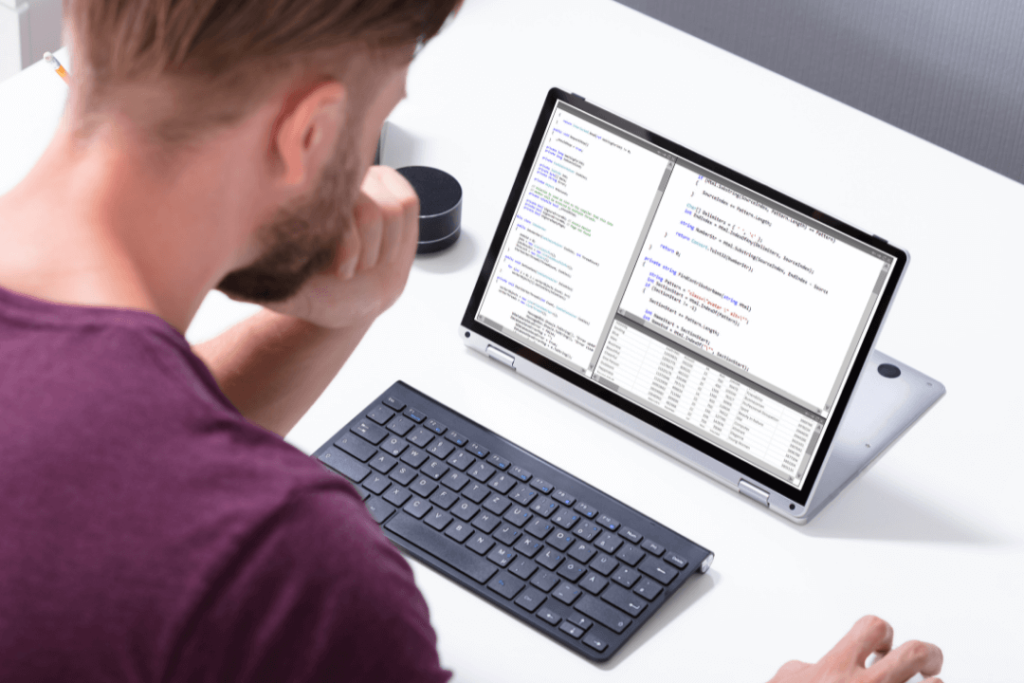
To reach your desired level of compliance depending on which part of the world you are, industry best practices involve a combination of automated and manual testing methodology.
What are Automated Testing Tools?
Automated accessibility testing tools conduct partial checks on the code and authenticates for accessibility against a suite of audit criteria.
Automated accessibility testing tools are an excellent start to accessibility by identifying and fixing the “low hanging fruit” of errors.
However, automated testing is not the end-all to achieve compliance and must be used with manual testing.
What is manual accessibility testing?
Manual testing involves the process of replicating a user experience as that of an impaired user. Practices involve navigating a website or application with keyboard commands and screen readers.
Free Accessibility Evaluation Tool
If you are curious about your website accessibility and want to see if your website is at risk, try our free accessibility test. You will get access to all the violations, code level snippets, and recommendations on fixing them.
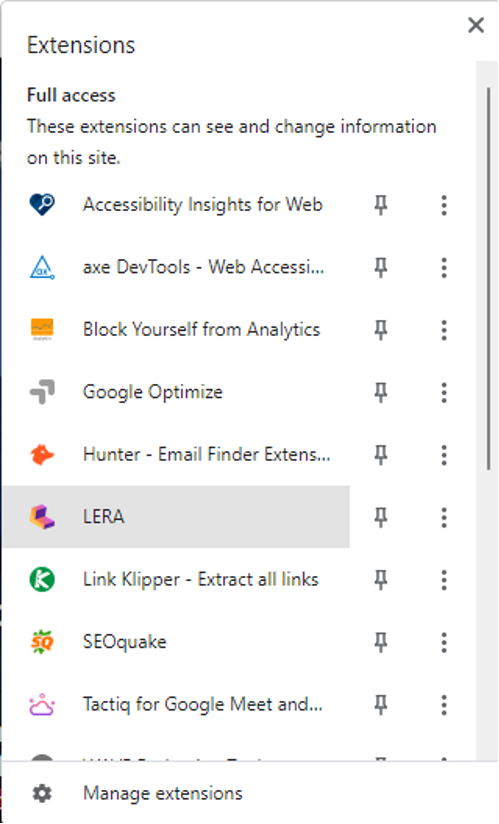
LERA is not just a testing tool but also allows you to automate your reports by auditing unlimited URLs, saving them, and downloading them in one single file. For Free.
